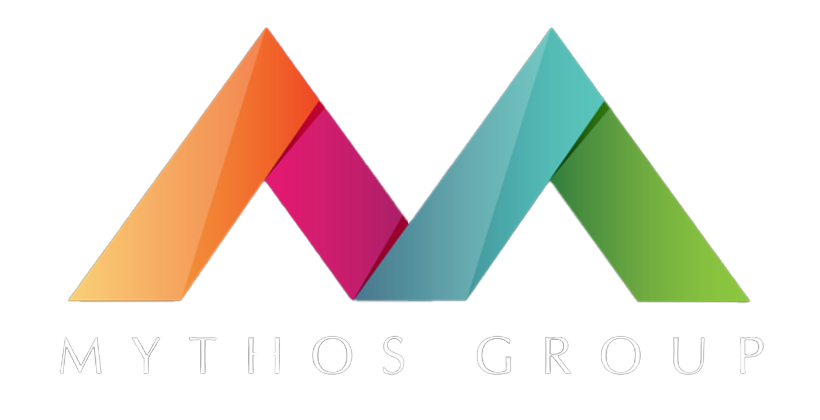Embracing Networked Leadership Teams In An Era Of Turbulence
Today’s leaders are facing unprecedented challenges in a climate where turbulence and disruption are essentially guaranteed. From managing employee expectations of flexible work and a fair global pay scale to the climate crisis and global health challenges, leaders certainly have their hands full.
Because emerging technologies are constantly changing the way we live and work, leadership styles that follow suit are increasingly important. Many leaders still follow outdated hierarchical leadership models that aren’t equipped to deal with the complex demands facing organizations today.
It’s as simple as this: organizations that want to survive must cultivate mindset shifts in their leadership teams to create sustainable growth.
Why Now Is The Time To Swap Individual Leaders For Networked Leadership
One of the most important leadership shifts to successfully adapt to today’s business demands involves trading individual leaders for networked leadership. In a hierarchical view, leaders are often seen as individual decision-makers. Networked leadership instead focuses on creating a collaborative and inclusive approach based on collective knowledge to drive an organization forward.
Networked leadership may involve building and managing relationships across sectors and departments. This spreads decision-making rights across teams for a more holistic leadership approach.
In a 2022 survey by Howspace, nearly two-thirds of employees said their organization isn’t changing the way it works and collaborates but believes it needs to. Furthermore, 25% of workers value having their voice heard more than receiving training, yet only 10% feel confident that their voice is actually heard. Employees are expecting to have a level of influence within their company. Networked leadership models address these gaps by involving broader teams in decisions.
Leading companies like Microsoft, Allianz, and Nucor have already pioneered organizational shifts to support emergent ways of working. For example, despite Microsoft’s complex organizational structure, the company is achieving a consensus on investments by creating action plans that pre-identify stakeholders who need to be involved.
By driving stakeholder alignment in advance, the company ensures it has the right level of buy-in and that investments are supporting challenges reported by employees, which makes their large team feel heard and valued. This enables a smoother delivery and a more engaged workforce.
5 Essential Mindset Shifts For Today’s Leaders
To successfully transition to new leadership approaches, leaders first need to adopt new mindsets surrounding what they focus on, how they create value, and how they show up. The following mindset shifts have been identified by McKinsey & Company as essential thought patterns to redefine leadership in a new era.
1. From Profit To Impact
First and foremost, leaders must change where their focus lies. Managers must go beyond a preservation mindset of focusing on maximizing profits to instead prioritize impact. This requires placing bold, visionary thinking ahead of incremental improvements that impact only a bottom line.
A great example of this leadership mindset stems from Reed Hastings, who is a co-founder of Netflix. Even though Netflix started as a DVD-shipping company, Hastings had a vision for the company’s future 20 years ago to become a “global entertainment distribution company.” Now, almost 100% of its revenue comes from subscription services to access digitally distributed content.
2. From Competition To Co-Creation
Second, leaders need to change their view on the way value is created by developing a mindset of abundance. This approach prioritizes co-creating new value rather than competing for existing value through advantages.
Making this shift involves managers extending their “planner” role to take on the mindset of an architect. Instead of assuming scarce opportunities exist, leaders should focus on shaping new business models using an abundance of available resources. This trades tactical optimization for strategic, exploratory thinking.
3. From Command To Collaboration
In today’s business climate, leaders must also change the way organizations are structured. This involves swapping an authority mindset for one of partnership. Instead of acting as a hierarchical director, leaders must become a catalyst to empower self-managed teams.
A good example of this mindset shift comes from the financial services company Aon, which launched the Aon United program to create trust-based networks instead of individual “entrepreneurial” client relationships. It did this by training more than 10,000 employees and creating requirements for leaders to spend one hour per week helping a colleague outside of their area.
This shift propelled Aon from a collection of 60 sub-brands to a global organization of 50,000 employees. As a result, its market capitalization jumped by $44 billion between 2005 and 2020.
4. From Control To Evolution
As the way we work continues to shift, leaders need to rethink how work gets done. Instead of taking on the role of a controller, leaders need to adopt a coaching approach with a mindset of discovery.
Leaders should strive to create learning organizations that are constantly evolving. This also involves a shift from working towards key performance indicators (KPIs) to business outcomes. Leadership teams can make this transition by creating shorter decision cycles, engaging teams in the idea of ongoing change being exciting, and regularly reprioritizing the company’s initiatives based on economic shifts.
5. From Expectations To Wholeness
Finally, leaders need to change how they show up. Instead of seeking a mindset of conformity through rigid expectations, leadership teams need to approach leading with a mindset of authenticity. This means dropping the differences between your “work self” and your real self.
In a time of immense automation, leaders need to show up as humans rather than as professionals. This helps create transformational relationships instead of transactional ones. It also elevates the value of human contributions in a time when one in four American workers fear losing their jobs to AI.
How To Adapt Your Leadership Teams To The Current Moment
Leadership in 2024 must look different than past leadership models to cultivate a sustainable business foundation. This means making major mindset shifts to prioritize big-picture thinking, team empowerment, and outcomes over profits.
Mythos Group specializes in creating business and organizational strategies that align your company’s overall vision with a purpose-driven, culture-based design. This enables networked leadership teams to thrive while still leaving room for departmental autonomy.
Adapt your leadership to the disruptions and unprecedented challenges of this moment. Contact us today!







